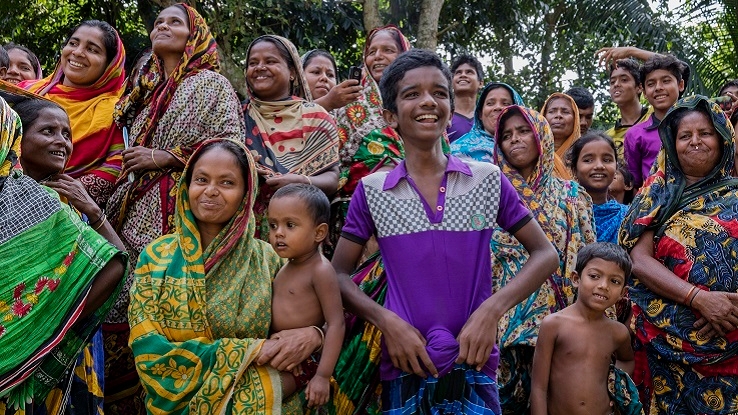The World Bank is committed to supporting Indigenous Peoples' well-being with its client countries through a range of interventions. First, with client countries, we promote Indigenous Peoples’ visibility and societal awareness of key challenges and priorities through research, country policy dialogue, and by improving institutional capacity. Second, as requested by client governments, we support investment and policy lending to advance priority policy reforms or investments for and with Indigenous Peoples. Third, when Indigenous Peoples are present within investment project areas or when they have a collective attachment to such areas and meet the criteria established within our Environmental and Social Standard 7 (ESS7), the World Bank ensures that they are meaningfully consulted while avoiding or mitigating any potential adverse impacts. Finally, the World Bank provides direct grants to Indigenous peoples' organizations; these are subject to a ‘no objection’ sign-off by their member country.
Over the past two decades, the World Bank has developed multiple analytical products that have contributed to global understanding of Indigenous Peoples and their key development challenges, priorities, and innovations. This focus has also increased in our own country analyses. For example, in Systematic Country Diagnostics (SCDs) for Latin America and the Caribbean (LAC), challenges faced by Indigenous Peoples were noted in only 16 percent of these studies in 2014. As of 2021, 93 percent of SCDs now include the issue.
Building on this analytical work and practical experience, the Bank has provided technical assistance for governments and Indigenous Peoples to enhance strategic country and regional level dialogues with Indigenous Peoples to build trust, inform policies, and facilitate investments co-designed or with strong Indigenous Peoples’ support across the world. Examples range from the 2024 World Bank-Indigenous Peoples regional dialogues held in Africa, Asia, Latin America, and the Pacific with more than 150 Indigenous participants from over 50 countries, to country-level support in Colombia, Peru, Kenya, Philippines, Panama, among many others.
At the request of client governments, the World Bank also supports investment and policy lending to advance Indigenous Peoples’ development and policy priorities. This is achieved through the integration of Indigenous Peoples’ development priorities into project objectives, indicators, targeted and/or tailored components & activities, and specific measures to ensure representation of Indigenous Peoples in project implementation, and monitoring and evaluation. Examples include the National Indigenous Peoples Development Plan Project in Panama and the Tripura Rural Economic Growth and Service Delivery Project in India.
At the same time, in World Bank investment project financing, the Environmental and Social Standard 7 on Indigenous Peoples/Sub-Saharan African Historically Underserved Traditional Local Communities (ESS7) contributes to overall development by ensuring that projects supported by the Bank enhance opportunities for Indigenous Peoples to participate in, and benefit from, the investments financed by the Bank in ways that respect their collective rights, promote their aspirations, and do not threaten or impact their unique cultural identities and ways of life. Currently, ESS7 is being applied in approximately 33 percent of the Bank’s investment lending.
The World Bank has also gained experience with direct financing for Indigenous Peoples through three Multi-Donor Trust Funds. This has allowed us to support innovations with Indigenous Peoples to directly inform national policies and systems and enhance their participation in development. These mechanisms include: the Forest Carbon Partnership Facility Capacity Building Program (FCPFF) (2009 – 2022), which provided $9.9 million in regional grants to Indigenous Peoples and local communities' organizations; the Dedicated Grant Mechanism (DGM), launched in 2010, which has supported $80 million across 12 country-level projects; and Enhancing Access to Benefits while Lowering Emissions (EnABLE), initiated in 2020, which provides $3-4 million grants in 15 Forest Carbon Partnership Facility (FCPF) countries.
Last Updated: Apr 07, 2025


